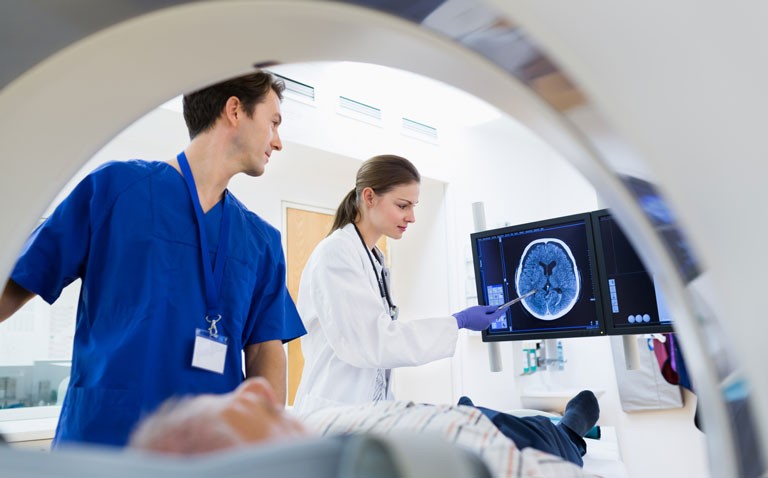More radiation oncology consultations should be done remotely after a study found that few face-to-face appointments were required.
The COVID-19 pandemic has had a major impact on the provision of healthcare across all specialities. In Australia, the government decided that tele-health was to be a weapon against COVID-19 and expanded consultation services available through this medium. According to a study by a team from Canberra Hospital, Australian, in the future, telephone and or tele-health consultations may have a more prominent role in the provision of radiation oncology services. Prior to the pandemic, there was already some evidence that follow-up telephone consultations were able to provide similar outcomes for breast cancer patients and those with stage-I endometrial cancer.
For their study, the Australian team set out to determine the percentage of telephone/tele-health radiation oncology consultations that led to the need for a subsequent face-to-face consultations during the first wave of the 2020 COVID-19 pandemic. In addition, where face-to-face consultations were required, the authors examined the reasons behind the need for such appointments. The team employed a retrospective design and obtained a de-identified dataset report created from the department’s oncological information system (ARIA) spanning a 10-week period from 23 March to 28 May 2020. Using the information system, the team extracted patient demographic data including the area of residence and diagnoses based on ICD-10 codes and additional data from the clinic appointments such as the appointment type, e.g., initial or follow-up. The patient’s medical records were then reviewed to categorise the reasons for the subsequent face-to-face consultation and these were recorded as frequency counts.
Findings
During the study period, there were a total of 1159 radiation oncology consultations undertaken with 973 patients. Overall, 696 (60%) of all consultations were conducted via the telephone, of which, 649 were for a follow-up appointment and the remaining 47, an initial appointment. However, less than 1 per cent of all (4/696) were conducted using tele-health. Of those who had a telephone/tele-health consultation, only 66 (9% of all telephone/tele-health consultations) subsequently required a face-to-face consultation. Among these 66 patients, the most common reason (45%) was the need for written consent prior to radiotherapy. Other reasons included the need for a clinical examination of a new problem (24%) and for a new investigation (7.5%). For the 16 (24%) patients needing a clinical examination for a new problem, the primary sites of disease were breast (4), mucosal head and neck (3), skin (3), endometrium (2), oral cavity (1), rectal (1), lung (1), and prostate (1).
The authors concluded that “A large proportion of radiation oncology appointments can be completed using telephone/tele-health, with a relatively small number of these requiring subsequent face-to-face appointments.” Nevertheless, they cautioned that “careful patient selection and accounting for multiple variables would be needed to ensure effective and safe healthcare is provided.”
Source. It’s a sign of the times:Our experience with telephone/tele-health consultations for radiation oncology patients in Canberra during the COVID-19 pandemic. The Royal Australian and New Zealand College of Radiologists conference 2021.










